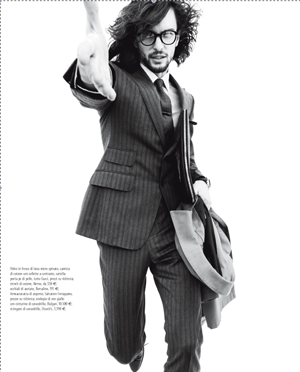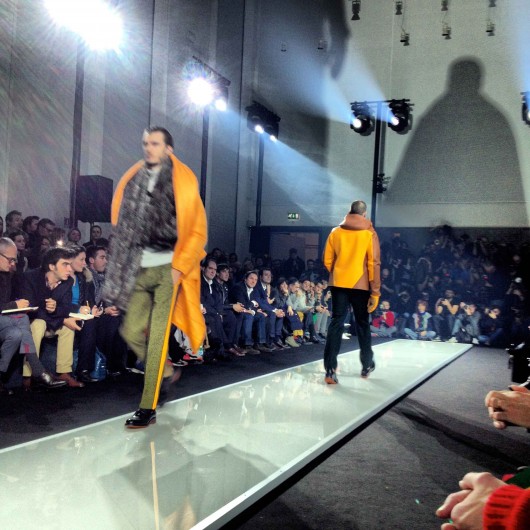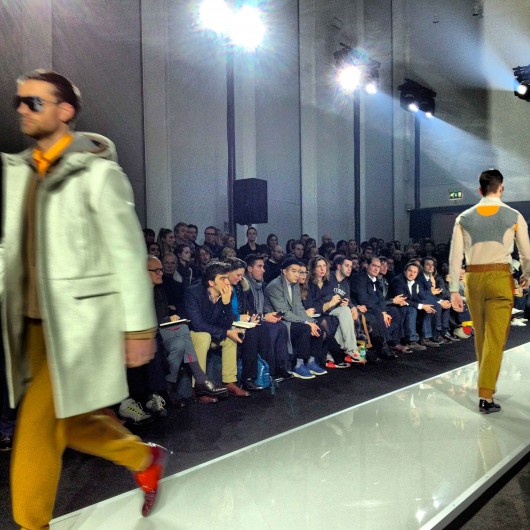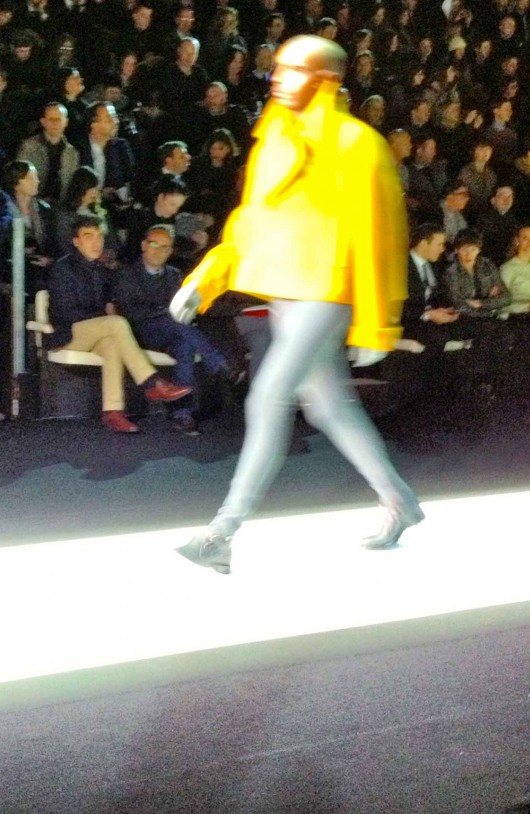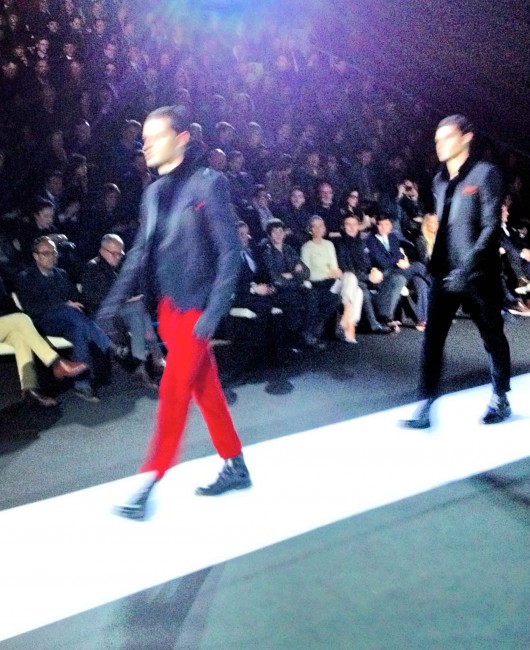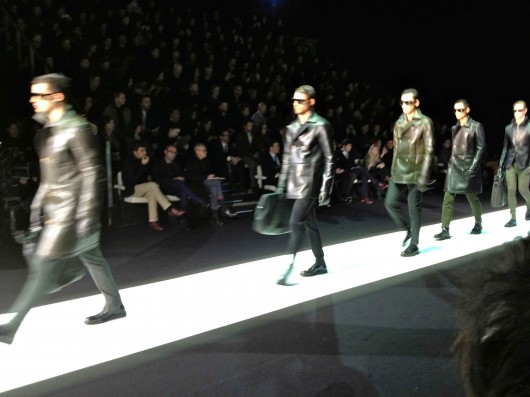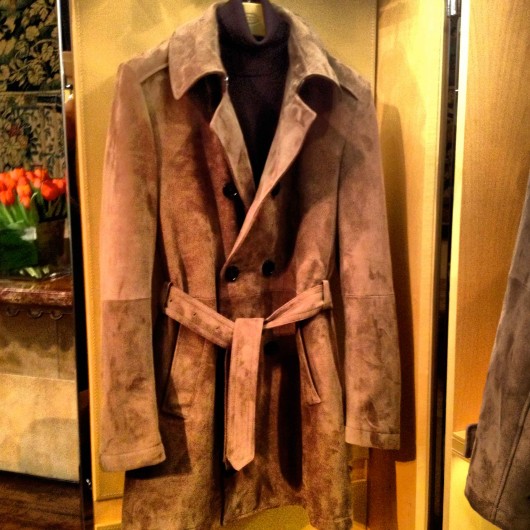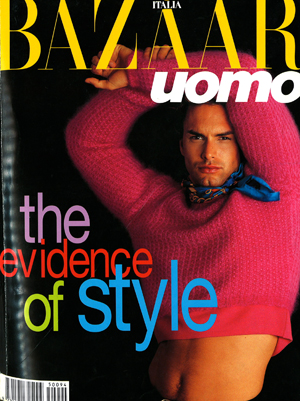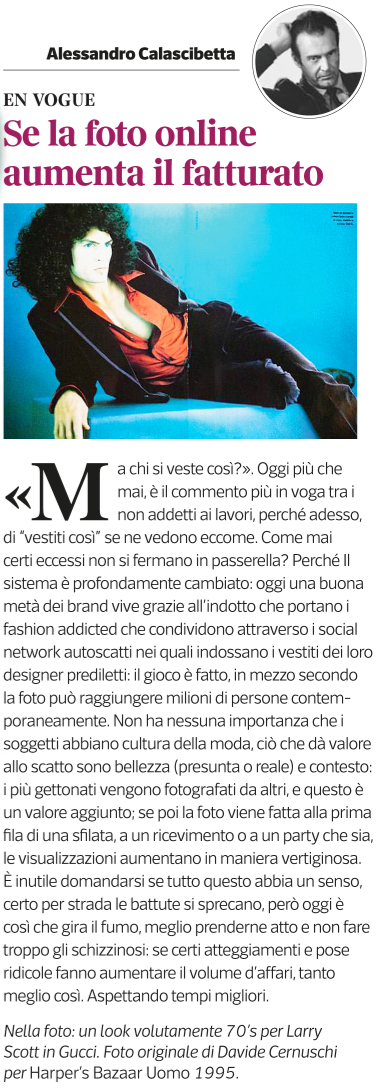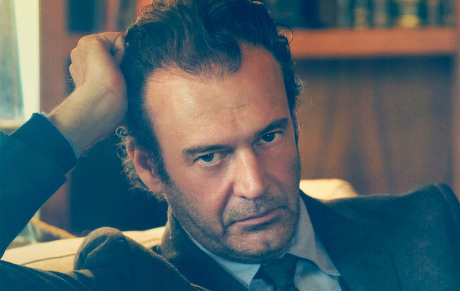La stagione in corso, che ha sfilato in passerella a gennaio, è il preludio dell’anno zero: dal prossimo vedremo – attraverso le collezioni primavera/estate che i magazine cominciano a pubblicare nei primi numeri del 2013 – che la moda uomo ha davvero voltato pagina. I primi dieci anni del 2000 sono stati di collaudo: da oggi si può parlare di coerenza stilistica, sebbene ogni maison abbia presentato e prodotto vestiti così diversi da azzerare completamente il vecchio concetto di macro tendenza. Tuttavia, in questo mix di proposte disparate e apparentemente lontane tra di loro, c’è uno slancio comune verso il futuro come non si vedeva da più di vent’anni. Lo styling di queste foto di backstage, scattate durante un servizio fotografico in uscita a dicembre con abiti e accessori in vendita adesso, dimostra e anticipa un estro che appartiene ad una nuova era, fondata – speriamo – sul liberalismo e sulla bellezza.
This current season, (last january’s fashion shows) is a prelude to the year zero: by the next one we’ll notice -through the next S/S collections and by what magazines will publish by the very first issues of 2013- that menswear has really turned the page.The first ten years of 2000s have been a test. We can finally talk about stylistic coherence, although every maison has been introducing and producing pieces so very different from one another that the old concept of macro-trend has been reset. However, within the mix of suggestions which seem to be apparently so different and far from each other, there is such a strong push for the future as we haven’t seen one in more than 20 years.This backstage pictures has been taken during a fashion shoot that is going to be published in december, with accessories and clothes that are for sale right now, the styling discloses and reveals an inspiration which belongs to a new era, established -let’s hope so- on liberalism and beauty.
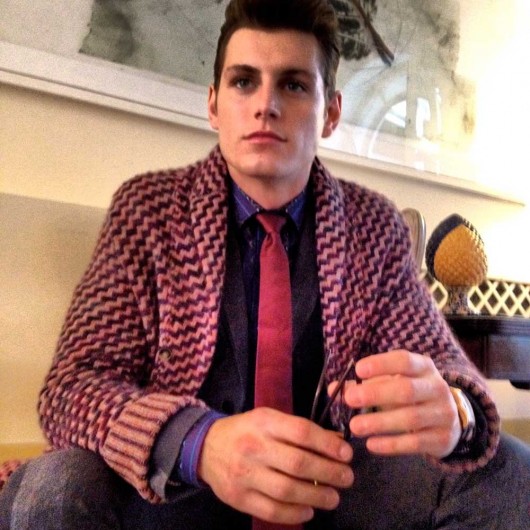
Cardigan Missoni, abito e cravatta Bottega Veneta, occhiali Bottega Veneta by Safilo, camicia Etro, orologio Vacheron Constantin
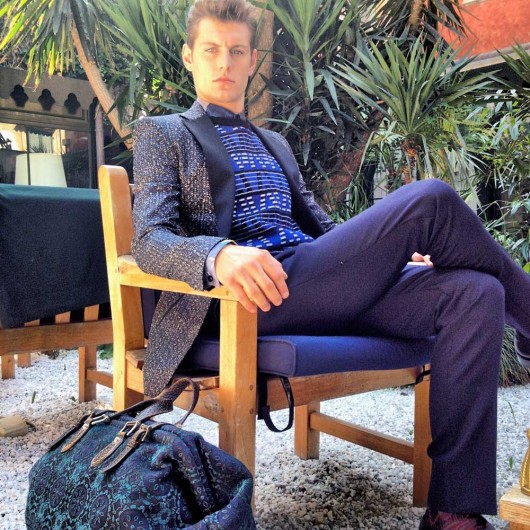
Giacca, pantaloni e scarpe Salvatore Ferragamo, gilet MSGM, camicia Dries Van Noten, borsa Gucci
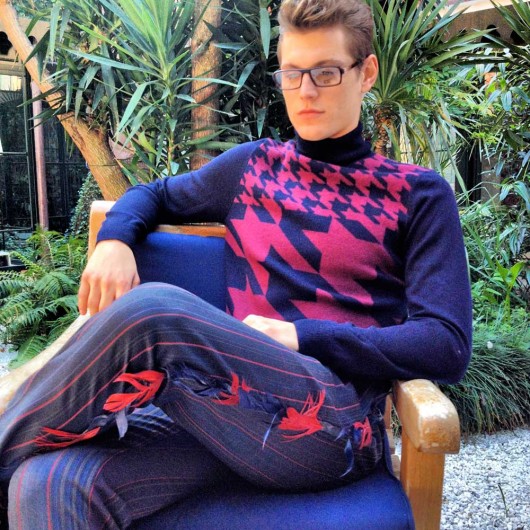
Dolcevita ZZegna, pantaloni Etro, occhiali Montblanc
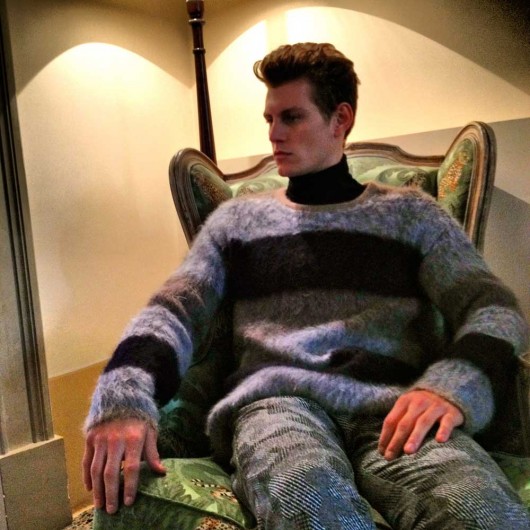
Maglione Louis Vuitton, dolcevita Lanificio Colombo, pantaloni Frankie Morello
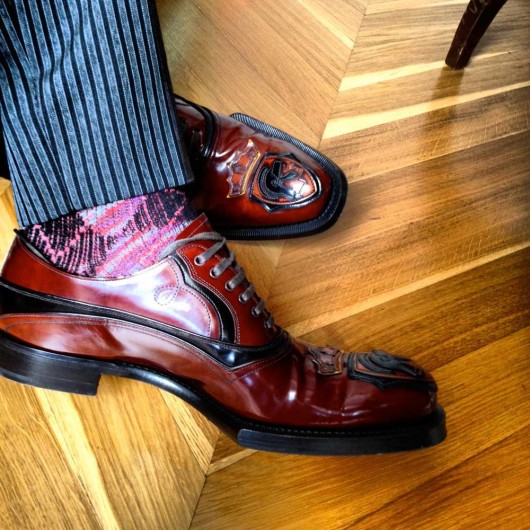
Pantaloni e scarpe Prada, calze Missoni
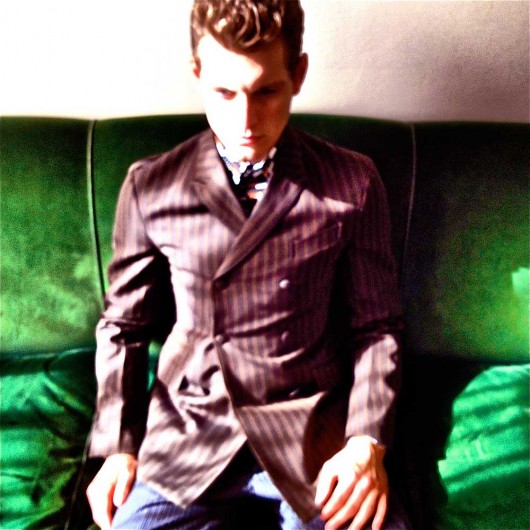
Total look Prada
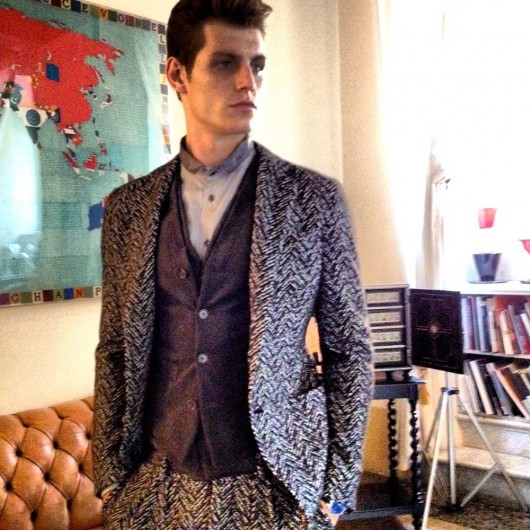
Abito, gilet e camicia Giorgio Armani, orologio Chopard
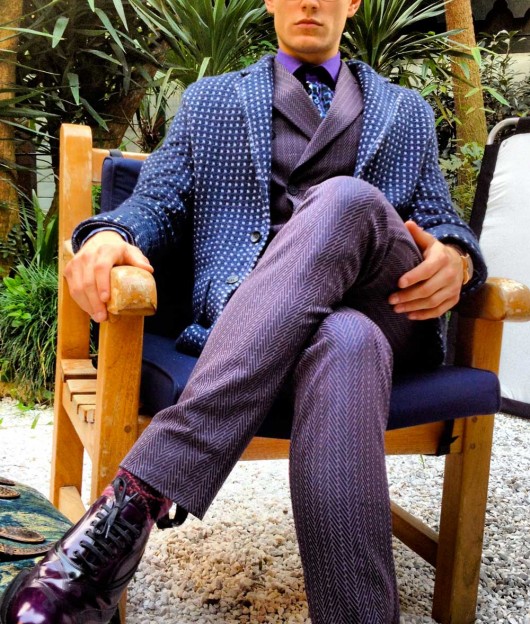
Giacca Giorgio Armani, abito ZZegna, camicia Etro, orologio Vacheron Constantin, calze Missoni, scarpe Prada
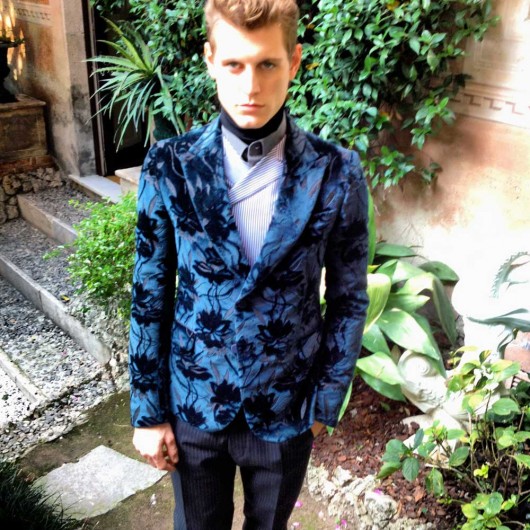
Giacca Gucci, gilet, camicia e pantalone Prada, dolcevita Lanificio Colombo
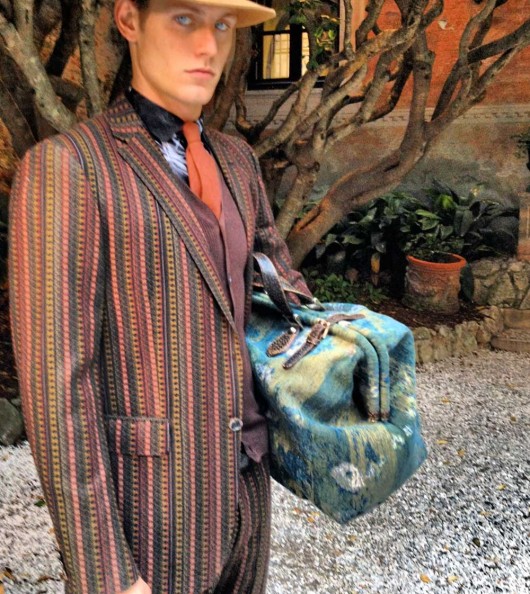
Abito Etro camicia e cravatta Bottega Veneta, cardigan e borsa Gucci, cappello Borsalino
Location Albergo Pietrasanta, Palazzo Barsanti Bonetti, Via Garibaldi 35, 55045 Pietrasanta, Lucca – Italy.
Un ringraziamento speciale alla sig.ra Barbara Pardini.
Model Peter Lissidini (Elite)
